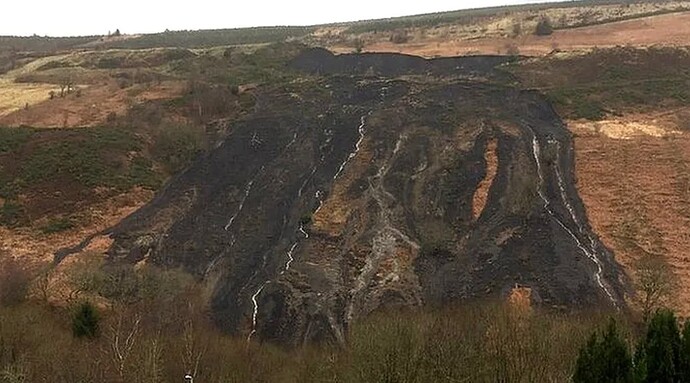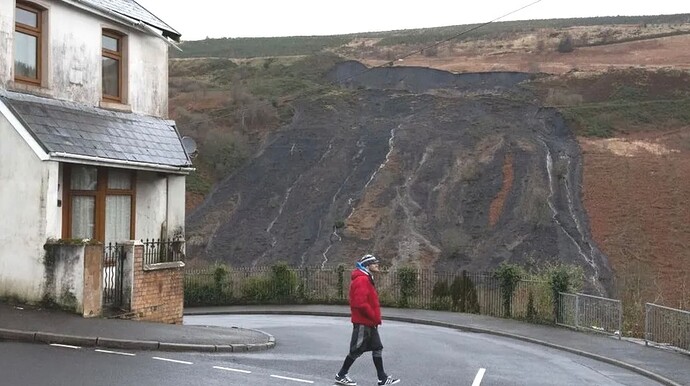I was a student in Durham, and then stayed on there for a few years after graduating. It is such a wonderful city. And my favourite cathedral of all! (Although St David’s comes a very close second…)
Don’t tempt me, I could very quickly bore you to death with the findings of my research into early 15th-century vernacular translations of the Passion section of the ‘Meditationes Vitae Christi’ and their dissemination in manuscripts of that period. Tracking down, physically inspecting manuscripts held in various university libraries and private collections around the country and transcribing the texts in them involved a lot of laborious leg work, but was a great experience. Vellum is virtually indestructible, which is why the manuscripts still survive to this day. Paper would have disintegrated or become substantially degraded a long time ago. Research students today have an easier time of it as more manuscripts are increasingly photographed to a very high standard of reproduction and made available 24/7/365 as digital facsimiles online. Recent medieval scholarship, like almost every other aspects of our lives, has been transformed and generally enhanced by the advent of digital technology.
I enjoyed my time at York, many decades ago, which also of course has a magnificent cathedral, but Durham has remained a big gap in my education which I am looking forward, finally, to filling in a few weeks time. I’m sure you had a wonderful time living there. Can’t wait to experience the fab cathedral first hand.
Bore us? No chance, this sounds absolutely fascinating, and just think—you had the added pleasure, as well as challenge, of tracking down those manuscripts to examine the ‘real thing’ in situ.
I mentioned that I had worked on the restoration of Elvert Bridge in Durham. In order to understand how such medieval stone arch bridges were constructed, I had the pleasure of examining some original documents and drawings showing how the master masons estimated the forces during the building and filling of the structures to avoid the centres popping upward and everything falling into the river. They used a kind of vector analysis with the lengths of projected geometrical lines representing the forces.
I used the reverse of this to guide us on how to unload the arches without catastrophic failure, then used the same method elsewhere. Clever those folk back then!
There is nothing to compare with Durham Cathedral! And I speak as someone whose maiden name was Wren ![]()
Sometimes I think I’m biased because of halcyon student days, etc, etc - but no… there really is nothing to compare ![]()
(I’m not a cathedral geek as such, but I have sung in a fair few over the years, so I do have a certain amount of alternatives to compare it to.)
That does sound fascinating, actually…
The immense ambition and skill of medieval builders was incredible, especially considering they had none of the benefits of CAD design technology or modern construction machinery to help them. But I must admit I do sometimes wonder, when admiring these awe-inspiring cathedrals, castles and bridges, how many people died in the course of building them. Even today, the fishing and construction industries can be very dangerous workplaces (not forgetting the working conditions of my forebears, Rhondda colliers). I don’t think ‘Deddfwriaeth Iechyd a Diogelwch’ was something that existed, or even crossed their minds back then. Or even much more recently, i fod yn onest. And don’t get me started on Aberfan!
Brilliant. That’s something we have in common. ![]()
![]()
![]() The difference might be that you were singing in tune! I’ve also painted, drawn and sculpted quite a few cathedrals. I’ll get around to sharing some of them on this thread in due course (not just Lichfield, which I just remember I’ve already posted here).
The difference might be that you were singing in tune! I’ve also painted, drawn and sculpted quite a few cathedrals. I’ll get around to sharing some of them on this thread in due course (not just Lichfield, which I just remember I’ve already posted here).
You lot on here ain’t half bad either! ![]()
accident–damwain
collapse–dygwympiad
catastrophe/disaster–trychineb
explosion–ffrwydrad
rockfall–Craig-cwymp???
Talking about health and safety–or the lack of it–one of my major beefs is that developing countries, like Canada, with the resources and excellent safety-standards, happily purchase raw materials or manufactured goods from places where they may have rules and regulations on paper, but…
Having worked for ten years in bridge-design and construction, then twenty-five in mining, and been in a rockfall underground, as well as acted as as a priest/engineer in response to a disaster, I know the risks, and it broke my heart to help pick up the pieces. Aberfan is part of the reason why I combined a career with a calling, so that I could ‘be there’ even in some of the remotest parts of the world, no matter what the need. Best of all–I spent the final years of my professional career leading a research and development team creating ways and means to remove miners for the danger zones in deep mines.
But back to my major beef–how individuals and countries knowingly put others at risk, all to save a dollar, pound or Euro. Maybe it’s ever been thus–even back in the great days of cathedral-building. On the other side of the coin, there have always been people like me for whom building something big or working on a big projects has been an amazing joy–like no other. So when you are in Durham, look for the masons’ marks on the massive columns or walls and think of the thrill it must have been to see it rise.
Since you included question marks… ![]()
I’d go with Cwymp craig, since ‘rock’ is the type of ‘fall’, so adjective follows noun ![]()
You have commendably put your wide range of experience and expertise to good effect for the benefit of others.![]()
Perhaps you’ll allow me to expand on some of the very useful disaster-movie-type vocabulary you introduced in your post by mentioning the major landslide of coal waste, following heavy rain (Storm Dennis), that occurred in the Rhondda Fach as recently as 2020. The last pit (Maerdy) in ‘my’ valley was shut in 1990. The site has long since been demolished and cleared. But the threat posed by several hundred abandoned coal tips and slag heaps across South Wales (tomenni glo) remains. Fortunately, the 60,000-tonne landslide (tirlithriad) in Tylorstown (Pendyrus), unlike the one in Aberfan, did not have a local primary school or houses in its path. No-one was killed. The considerable damage and disruption caused was ‘only’ material. I would have had a grandstand view as it occurred virtually opposite the house where I was born (sorry, no, that’s not me in the photo). There are at least two major obstacles to the safe removal of all those old slag heaps. One, predictably, is the lack of money to fund the gi-normous costs involved (Westminster reckons this is really the responsibility of the devolved administration). The other is the objection of local environmental groups who say the abandoned, grassed-over coal tips have now become important, indeed unique, havens for wildlife and should therefore be left undisturbed. You couldn’t make it up, could you! The good news is that the landslides are normally only triggered after heavy rainfall (glaw trwm), a weather phenomenon virtually unknown in this part of the world.
I’ve been wondering which sculpture to show you next, but as I said a while back, I have a too many to choose from. So maybe you could help me narrow it down?
One idea I had was to list the names of them and you could choose which one piques your curiosity - that would take some time to type out, but if you think it’s a good idea, I can get around to it.
The other idea I had was simply to ask whether you’d like to see a more figurative one (un ffigurol) or a more literal one (un llythrennol) - that still leaves me with a big choice to make, but would be a start!
And then the really lazy thing for me to do would be to post a link to my Flickr album and let you see everything* there, but then you could ask here to get more info about any one you want to know more about.
*(those I’ve uploaded pictures of so far!)
What do you all think?
Wow @jason-art! I was born in Lichfield and lived about 4 miles away in my childhood until I left for University!
I must say that your painting is a great likeness of the Cathedral. Brings back memories…
So pleased to see it…
Robert
A generous suggestion! I don’t know how easy it is to view Flickr, but the idea seems ideal: what an indulgence for us.
Let’s assume this thread will be populated, maintained and enjoyed by all of its contributors (and passive viewers) for several months to come. There’s no rush. If you’re short of time, simply signposting us to Flickr would indeed be a rational, practical solution, but I’m happy to enjoy the lovely things you post here singly and at leisure, without binge-viewing on your Flickr album. Just do whatever works best for you. Looking forward to seeing what you share with us next!
Thank you for your kind words, Robert. Glad you enjoyed the painting. I’ve done a few more of Lichfield (Caerlwytgoed) which I’ll get around to posting here in due course.
If I post the link to Flickr and someone wants to know more about or comment on any particular item, I could always then post the picture of it here whilst answering the question or comment (to save others having to dive back into Flickr to see what we’re talking about).
And then if there’s a lull, I could try one of the other approaches!
Thanks! I am also fascinated by the Welsh name for Lichfield (Caerlwytgoed). It implies some sort of Fort or Castle and the Wood or trees bit makes some sense? Not sure about the ‘lwyt’ or load bit? Maybe it implies a Wooden Fort??
Chester of course is Caer and rightly so… Roman connections. The Romans were around in the Lichfield area of course with some Baths at Wall, just South of Lichfield, near where I lived as a child. And the old Roman Road now the A5 was Watling Street.
You have rekindled some old memories… I’m now happily retired in a Welsh speaking village in North Wales! Which is why I am trying to learn Welsh.

